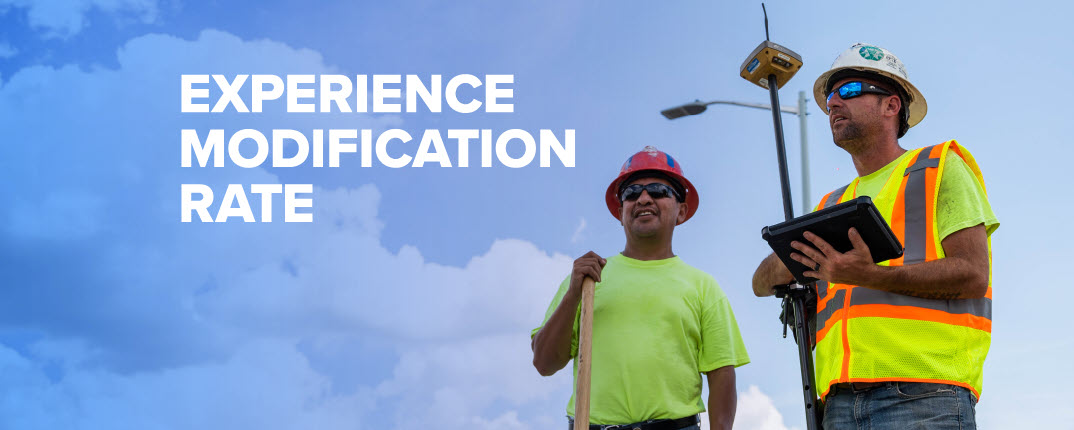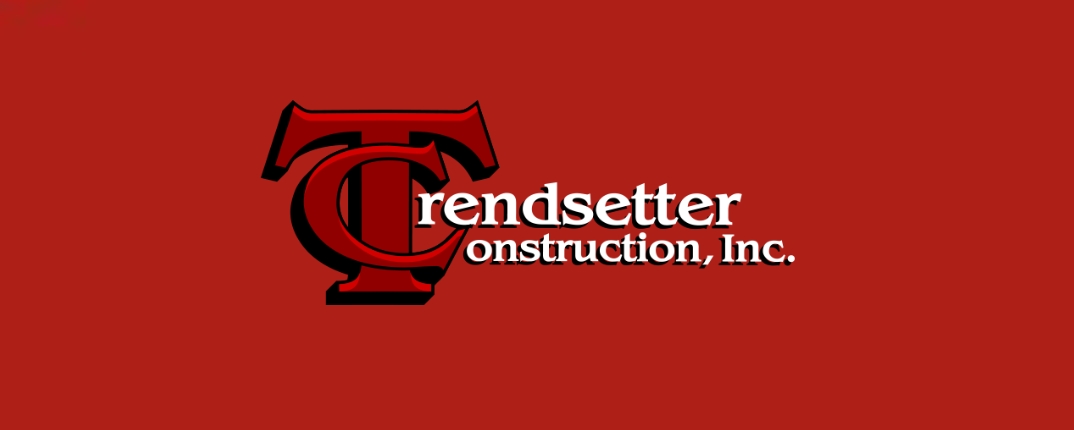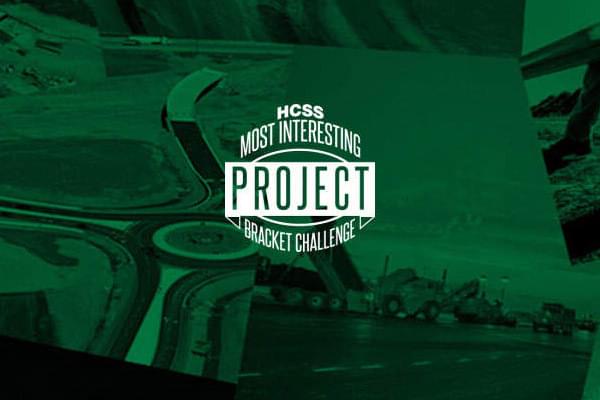Of all the types of insurance construction companies have, worker's compensation is likely the most expensive policy. The total impact of a workplace injury that results in fatal or disability injuries can involve not just covering medical expenses, but compensating for that employee’s lost wages. Worker’s compensation insurance is intended to protect your company from bearing the full burden of those costs.
What is Experience Modification Rate (EMR)?
One crucial factor used to determine the cost of this insurance is the Experience Modification Rate (EMR), also known as a Mod Rate, E-Mod, or X-Mod. While its reference name might change, the general concept is the same: it is a coefficient applied to the formula used to calculate workers compensation insurance, and it represents how likely a company is to have an insurable event.
As a professional in the industry, knowing what EMR is and how it can help protect your business is not only important but also commonly overlooked.
What is the Best EMR Rating in Construction?
The average EMR for a construction company is 1.0. A lower EMR means your company is less likely to have a compensable loss, and a higher EMR means you’re more likely to. Your EMR is then applied to the cost for each job class as determined by your state’s applicable labor laws.

The calculation of your company’s EMR will generally use your payroll, the number of reported safety incidents, the type of incident, and the cost of any insurance claims. What contributes most to a company’s EMR calculation is the number of incidents. While the cost/severity is considered, it is the frequency which matters more. The cost of a safety incident is circumstantial, how frequently incidents occurred in the past is more likely to indicate how likely they are to occur in the future.
Example of How to Calculate Workers' Comp Premiums
Here is a simple method for calculating your premium. For the sake of making this example easy, let’s say your Base Premium is $100,000 per policy year. Multiple this amount times your EMR to see whether or not you save money or must pay extra.
| Type of EMR | Premium Amount | Current EMR | Modified Cost |
|---|---|---|---|
| Excellent | $100,000 | x (0.65) | $65,000 |
| Average | $100,000 | x (1.00) | $100,000 |
| Poor | $100,000 | x (1.5) | $150,000 |
In addition to putting workers in danger, trying to cut costs by allowing safety standards to slip will ultimately burn more money. As clearly shown, the difference in a single policy could be substantial. Would you rather pay an extra $50,000 for a premium or save $35,000? That's an $85,000 swing. Anyone with a poor EMR is going to lose their margin in the long run, especially paired with inevitable fines.
What Goes Into Your EMR Rating’s Calculation?
Determining your EMR rating’s calculation depends entirely upon the state in question, and nearly half of safety workers in the industry aren’t even likely to know their company’s EMR. The National Council on Compensation Insurance (NCCI) determines each company’s “class rate” which ultimately decides what the EMR will be. However, four states (North Dakota, Ohio, Washington, and Wyoming) are monopolistic, required to buy insurance from the state and the states then manage them.
EMR includes the past three years of reportable claims data in its calculation. However, because of how insurers are required to report claims, the reporting period generally lags by a year. For example, if your company had a reportable loss in 2019, it might not be factored into your EMR calculation until 2020 or even 2021, and will continue to impact your EMR until, as late as, 2024.
A Failure to Communicate
One common issue in construction is that there's a disconnect between safety, operations, and who buys insurance. All three of these departments tend to not communicate effectively, which is unfortunate. If they did come together, they could develop a far superior safety culture. However, many operations persons within construction firms are numbers-based and usually not talkative.
EMR Can Attract the Right Talent to Your Business
A construction company with a low EMR has a competitive advantage in a difficult labor market. EMR isn’t just a factor used to multiply a value, it is a quantitative assessment of how likely an employee is to go home safely at the end of the day. In an industry where competitive bidding, prevailing wages, and countless other factors limit your ability to attract, and retain, quality employees, being able to highlight a third party’s assessment of your job safety gives you an edge.
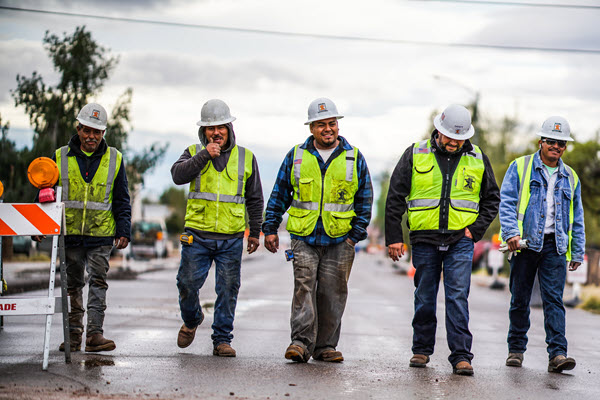
Every company out there claims they're safe, often through cliches. No one hires a skilled laborer and informs them there's a 10% chance they'll go to the hospital at some point during the project. Construction is an inherently dangerous business, and a good EMR rating allows you to show, not just say, that a company takes the safety of its employees seriously and point to an assessment by a disinterested 3rd party which can support that claim.
Only You Know Your EMR
Another important thing to note is that EMRs are not published publicly. The actual number can be your secret. Most safety professionals started out as “safety cops” who went into job sites to enforce the rules. Any loss can and should be prevented, but most of those safety professionals do witness workers die and are involved in dozens of fatality investigations over the course of their careers. This is especially tough since safety people get to know those workers and their families, including what they do in their personal lives.
There is absolutely nothing more important than protecting those precious lives, and with the labor market currently being so tight, this issue is extended by the need for everyone around to be doing their best to make sure people come home every night. As many as 4 fatalities can occur per day in the construction industry, with 30% occurring from falls, and many of these fatalities occur in vertical construction.
In horizontal construction, workers being struck by vehicles, caught under cave-ins, or falling during bridge work are common, tragically. As many as four lives are lost daily in the industry. This makes safety your most important business survival tool.
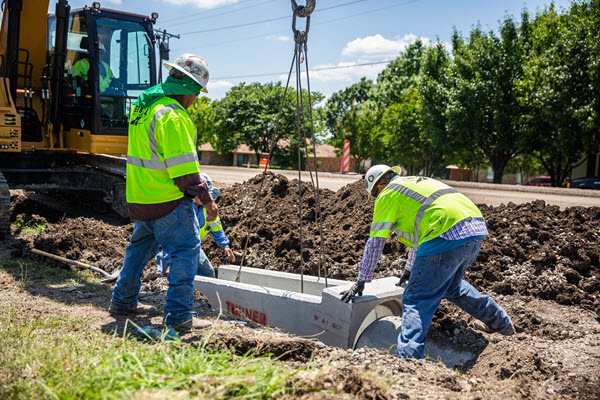
Once a jobsite is proven to be safe, companies can know that people will come work for you and stay working for you, even if they aren't going to know about your EMR. If the buyer is smart, they are going to figure out how to achieve – and keep – a low EMR, then make sure potential workers know what it is and how it is contributing to keeping them safe day in and day out.
Get the Safety Help You Need
HCSS Safety can help your company to create and maintain the sort of safety culture that results in fewer incidents, a lower EMR, and the resulting thousands of dollars in savings and avoided losses. Features like Safety Inspections, Toolbox Talks, and Jobsite Hazard Assessments (often referred to as JHAs), are quickly and easily recorded, improving crew buy-in and engagement from the field.
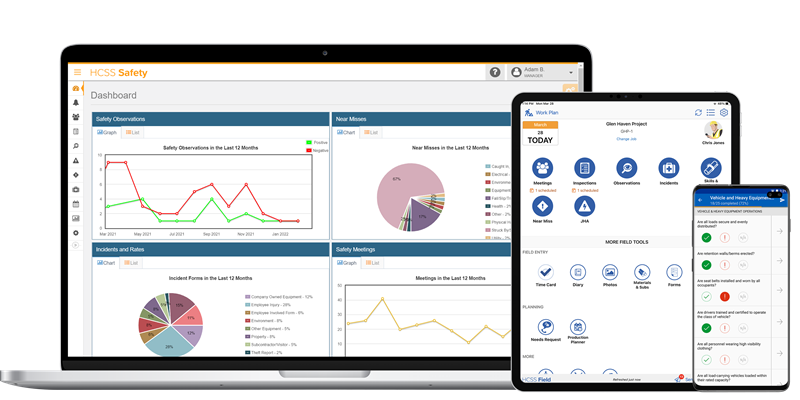
The digital records are then available on demand should a project owner or OSHA inspector require them. Observations, Near Misses, and Incidents can be captured, analyzed, and acted on to dramatically improve safety response time, and, in real-time, provide strategic training where it matters most.
